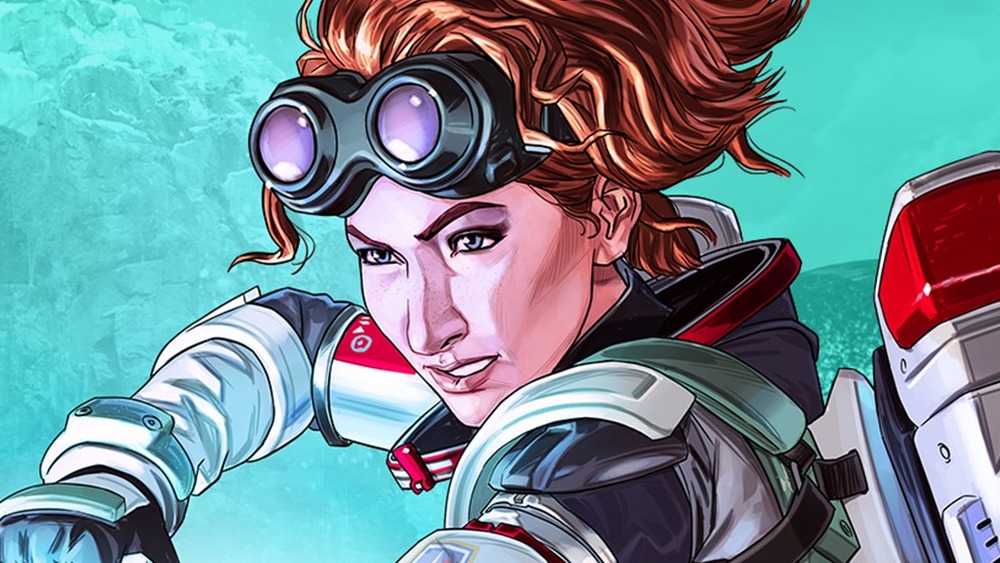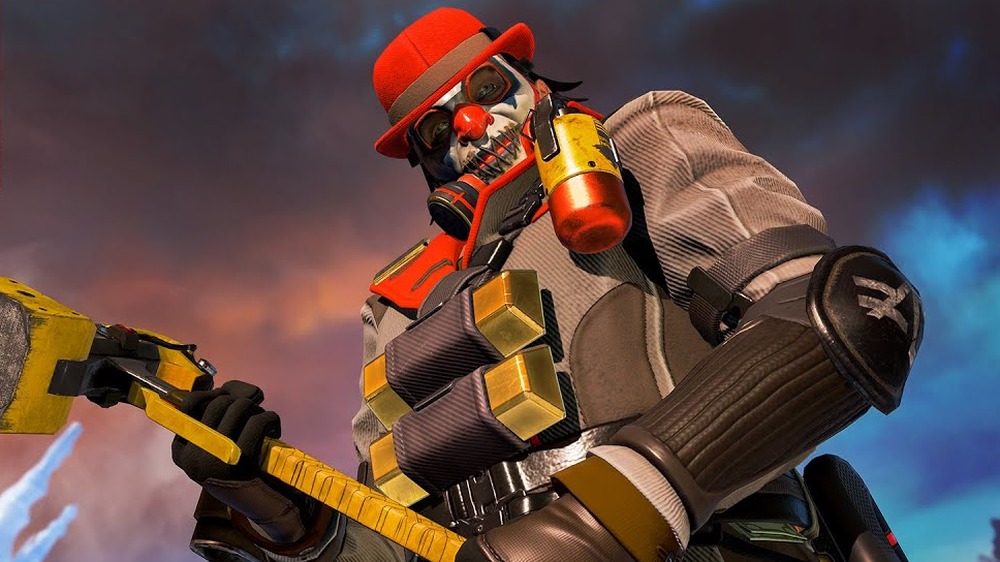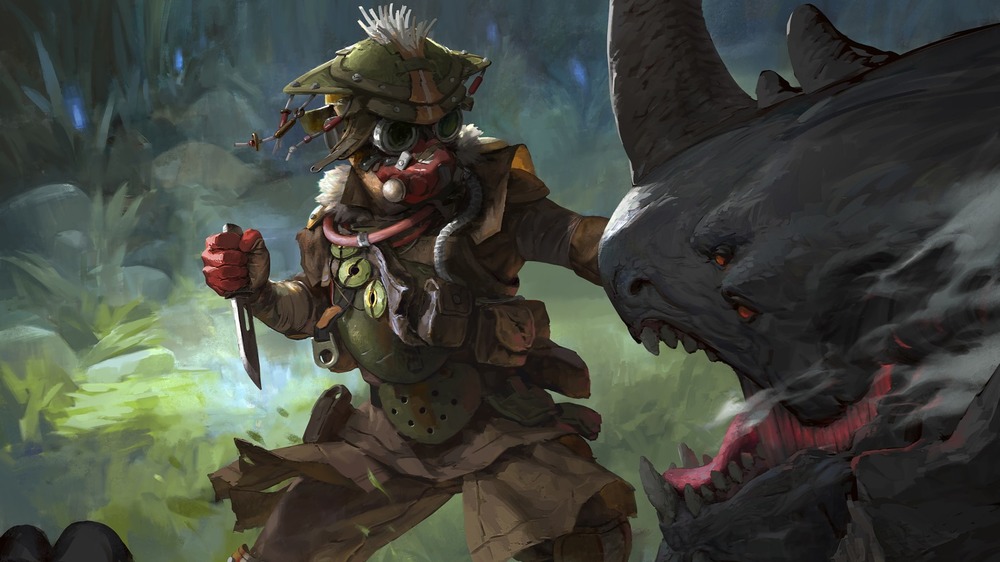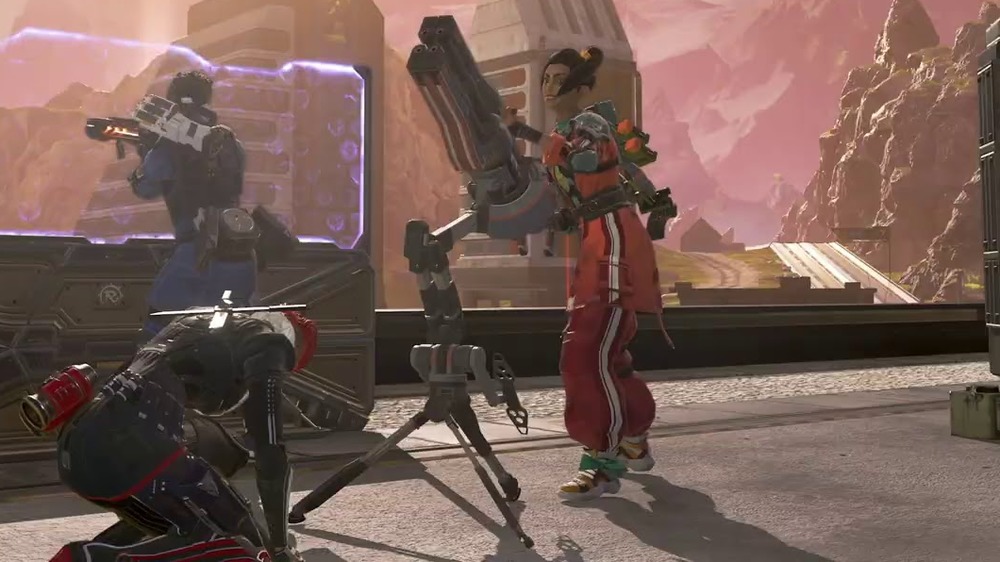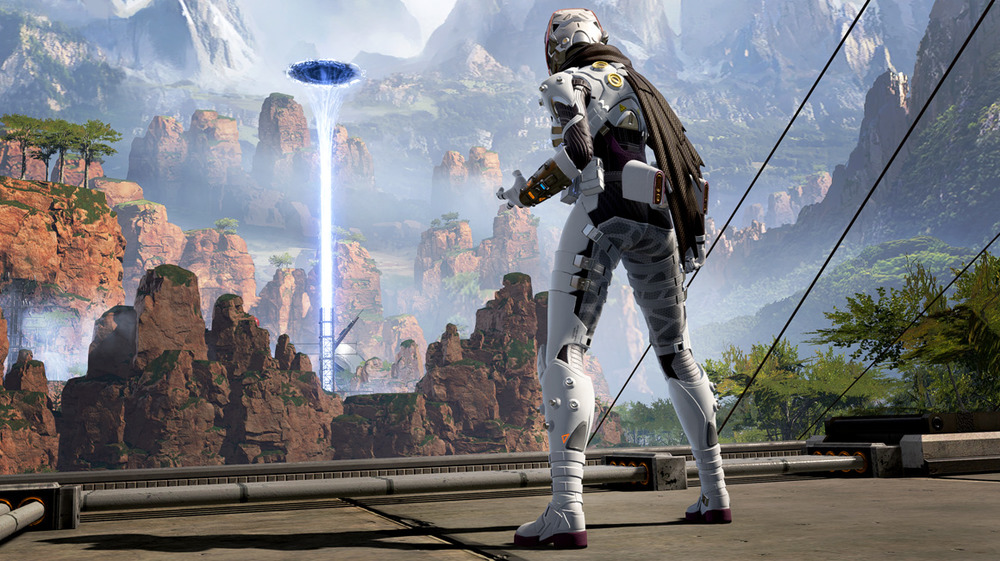These Were The Worst Changes To Apex Legends In 2020
Apex Legends had a strong 2020, finishing off nearly its second full year live with the introduction of its seventh new character, its second new map, and full cross-play between all versions of the game. The game still receives high critical praise, even in reviews pitting it against its biggest new competitor, Call of Duty: Warzone, and remains one of the best battle royale games on the market.
To keep the game fresh, developers Respawn Entertainment constantly tweak the Apex Legends experience through large-scale changes accompanying each of the four seasonal updates and regular mid-season patches. Every change made to the game seems to have its supporters and detractors, and, as with everything on the internet, fans will make their feelings known.
So while Apex Legends had a great year in general, here are some of the changes in Apex Legends in 2020 that the community felt were the worst.
Permanent changes to Evo Armor caused an outcry
One of the most controversial changes that Apex Legends saw in 2020 concerned armor and suffered a backlash that forced Respawn to walk back a significant portion of it.
Apex Legends' Evo Armor saga began in Season 4 when the developers first introduced the new class of shields. Essentially, Evo Armor is a self-upgrading version of the classic color-coded armor drops that players have looked for since the game launched. As players do more damage, the armor upgrades itself to a higher class.
The thinking behind Evo Armor was to keep players on the move and to discourage camping from teams that scored substantial armor drops early on. The system worked, and Respawn made Evo standard for all armor, except Gold, in Season 6.
However, the developers feared that a possible result would be more aggressive teams always having the best armor. For this reason, they reduced the value of Evo Armor's health — unintentionally shortening the time-to-kill rate and harming the delicate gunplay balance of Apex Legends. A massive negative fan response led to Respawn reverting the armor values to the pre-Season 6 levels while keeping the Evo potential.
A new Battle Pass system means new Battle Pass controversy
Ostensibly free-to-play games depend on their Battle Pass, loot box, and cosmetic schemes to generate revenue to support worldwide servers and regular content. The challenge for developers is balancing these systems to keep them fair for dedicated players while making them noticeable enough to encourage their purchase.
As such, few modifications to these systems occur without some sort of community response. Season 6 was too limited, Season 5 had too many loading screens, and even Season 1 got burned when fans found out it didn't include Octane, the first new champion for Apex Legends.
Season 7's revamped Battle Pass system, however, sent fans into an uproar like none that had come before it. The new scheme overhauled the structure of earning achievements, replacing challenge points with stars. That simple change might have gone without much mention if the community hadn't discovered that the new system dramatically undercut the value of completing challenges.
Thankfully, Respawn responded to the issue quickly, admitting that mistakes were made in setting up the new star system and immediately dropping the XP required per star from 10,000 to 5,000.
Rampart's Minigun proved too versatile for its own good
When Respawn introduced Rampart as the Season 6 legend, she and her powerful minigun, Sheila, became an instant hit. Rampart is a defensive character, whose Amped Cover tactical ability deploys shields that block incoming fire while boosting outgoing fire.
Her ultimate ability, Emplaced Minigun, caused the most controversy for the character throughout 2020. The first of these issues were based on an exploit of a Season 7 bug that let players deploy Rampart's minigun on Crypto's drone. In doing so, Rampart became an unstoppable terror who dealt death from above with impunity. While Crypto's drone only has 60 HP, its tiny hitbox is even harder to find when hidden behind a hail of minigun fire.
The more controversial change occurred when Respawn decided to remove the ability to place Rampart's minigun on the back of the brand-new Trident vehicles. The developers had intended for this ability to add some much-needed danger to the Tridents, and Rampart's minigun was on the shortlist of ultimate abilities that players could use on the vehicles. However, players soon found that deploying this trick crashed the game, causing Respawn to remove the feature before the 1.54 patch resolved the problem.
Weapon and legend nerfs upset longtime players
As with any season-based battle royale games, the developers are always working to discover which changes make the game more balanced. While most players understand that a balanced game means a healthier community and a stronger user base, it still hurts when your favorite gun or class gets its potential reduced.
One of these fan-favorite weapons that received a significant change in 2020 was the Prowler, a controversial gun for its entire existence. Always one of the most powerful guns in the game, the submachine gun originally came nerfed by a five-shot burst that could only be removed by the Selectfire Receiver. This combination became even rarer when Season 7 changed the Prowler to become a top-tier care package exclusive.
Some beloved characters received nerfs in 2020 as well. Pathfinder, long beloved for his powerful mobility specials, had his tactical Grapple ability cooldown time more than doubled, from 15 seconds to 35 seconds, in Season 5. This was slightly reduced to 30 seconds in Season 7. Wraith, another character valued for her mobility, had her hitbox increased with the Aftermarket patch, making it easier for opponents to land shots on one of Apex Legends' most elusive champions.

